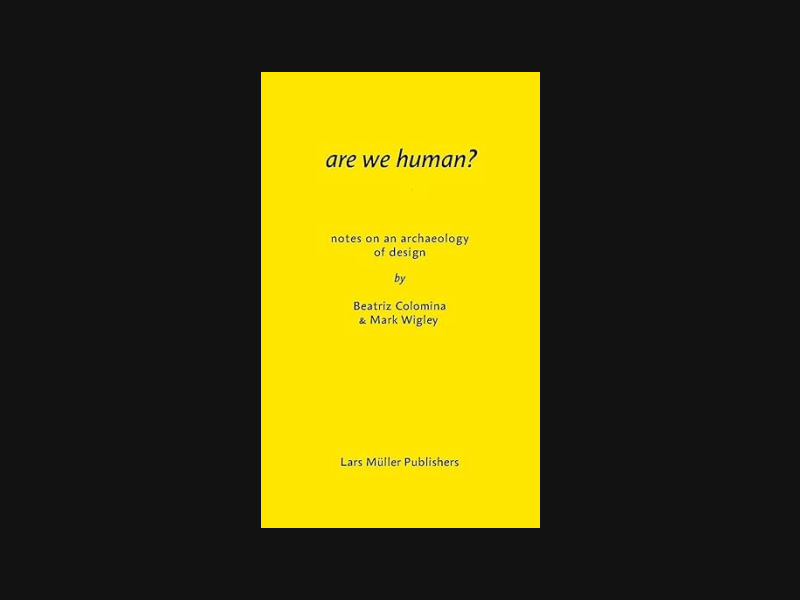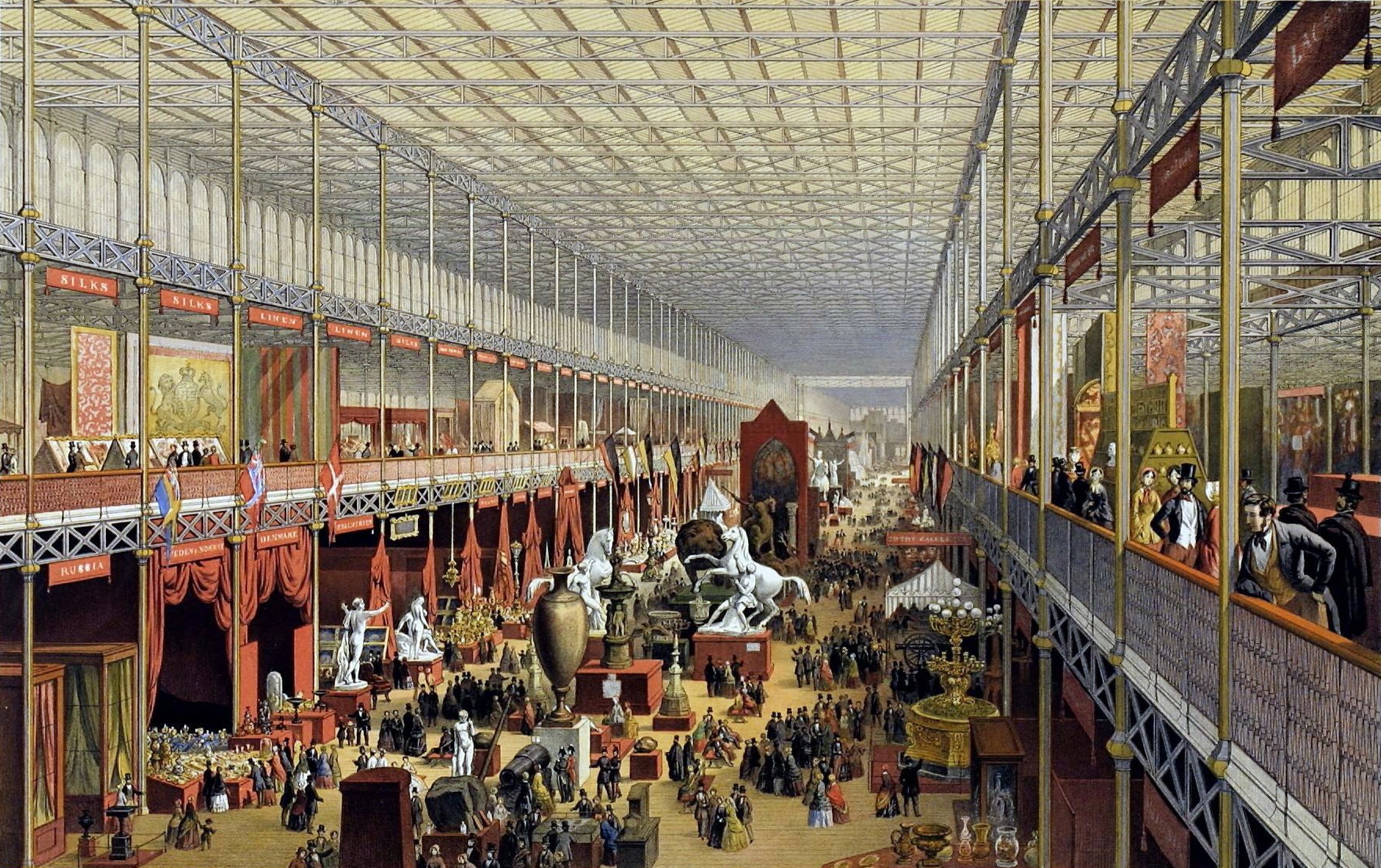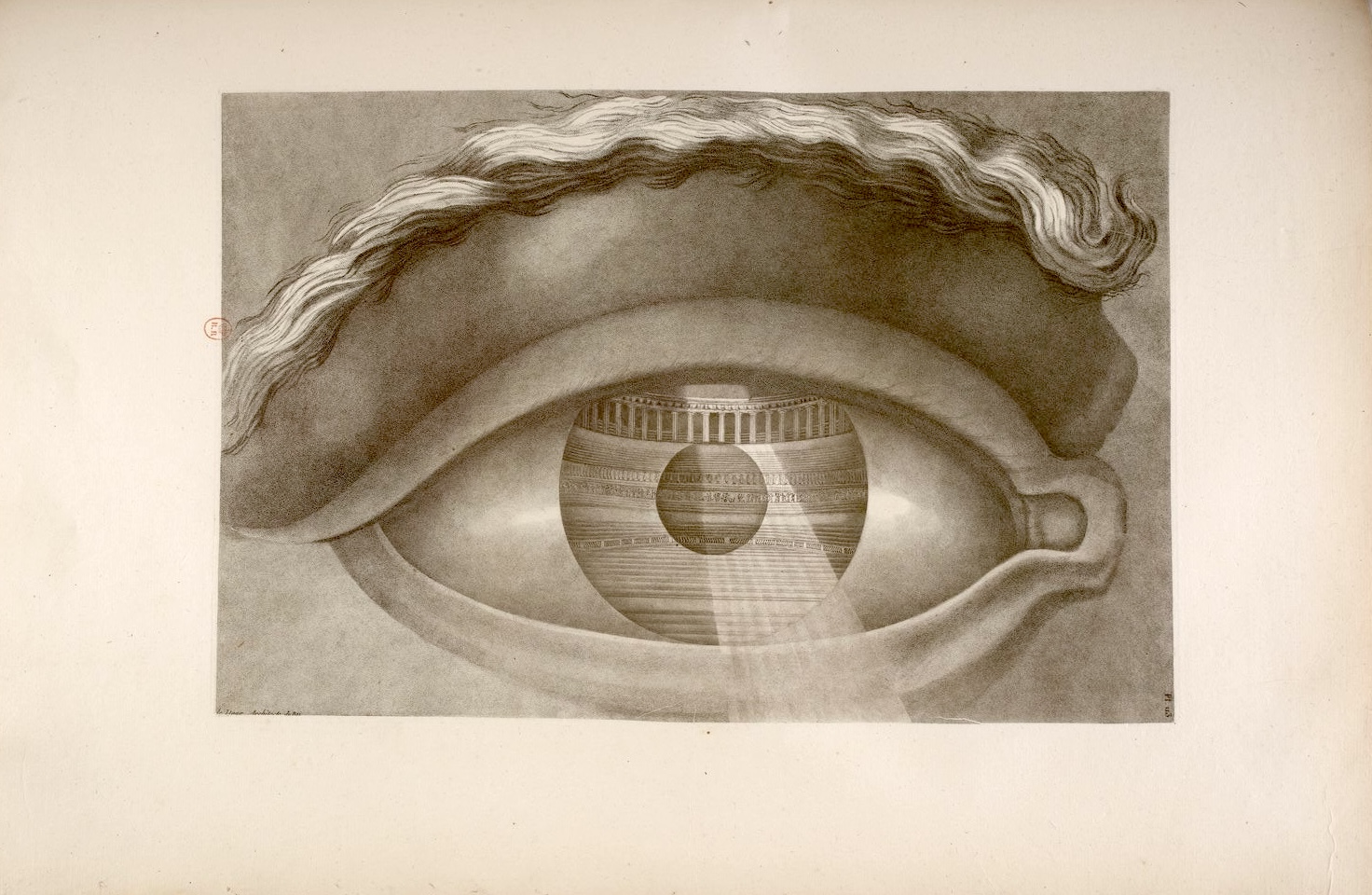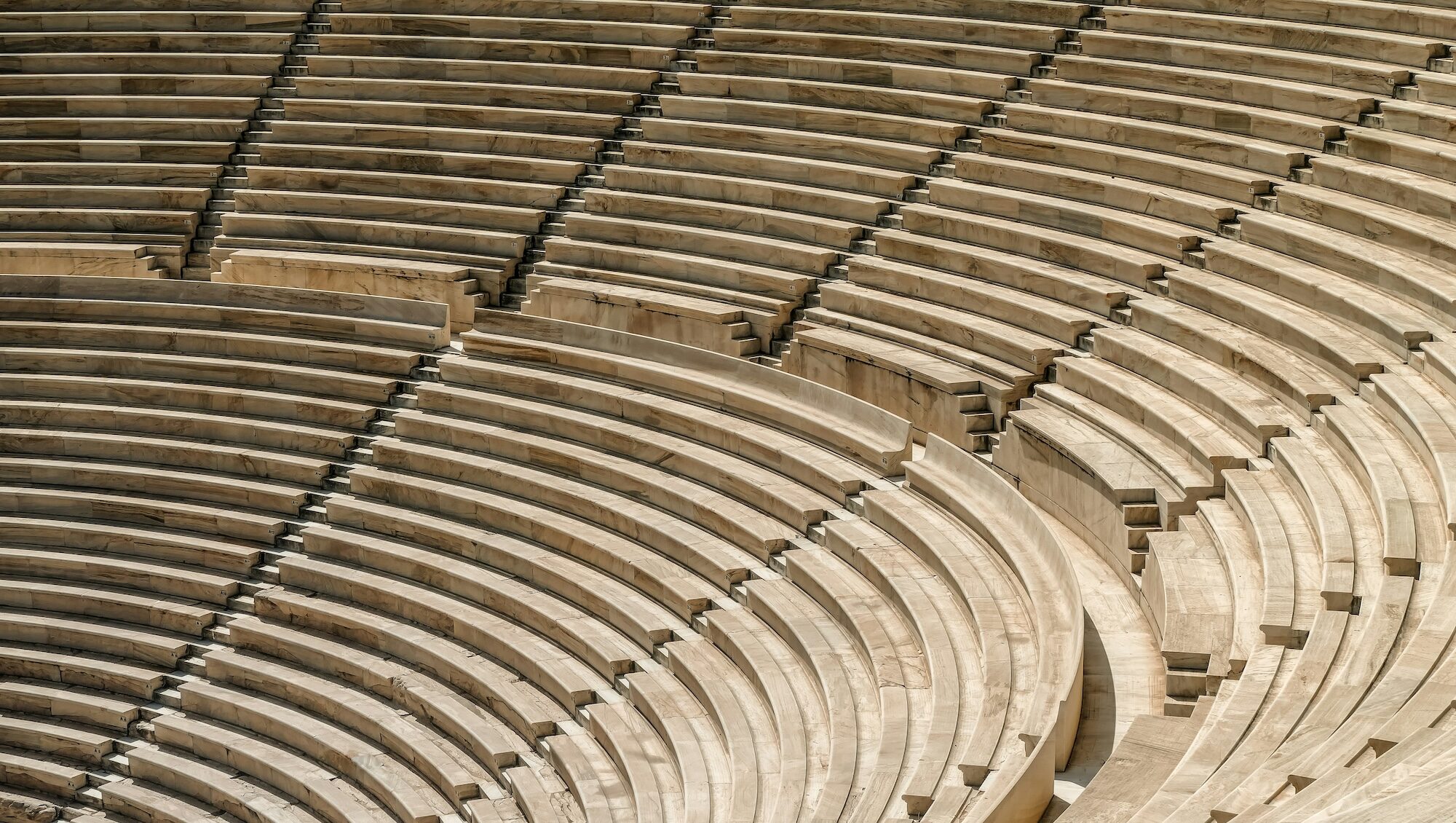An etching from Claude-Nicolas Ledoux’s L’architecture considérée sous le rapport de l’art, capturing the Théâtre de Besançon within the human eye. This image embodies 18th-century France’s evolving vision—both literal and intellectual—as Newtonian optics reshaped how architects like Étienne-Louis Boullée imagined space, light, and monumentality.
Why is holding attention considered “good” design?
As designers, we’re increasingly at the forefront of an attention-driven world. Lately, I’ve noticed that good design is often described as something extremely easy to use, with minimal friction. It’s about crafting experiences so captivating that users won’t—or can’t—stop engaging. The goal seems to be to capture attention for as long as possible.
Some even compare attention to oil or gold, turning UX design into an attention mine, with designers acting more like attention miners or dopamine dealers.
But here’s the thing: the definition of good design is always changing.

Blossfeldt’s photographs of plants reveal an unseen world of natural patterns, transforming botanical forms into abstract designs. His work, aligned with Weimar Germany’s avant-garde, captured what Walter Benjamin called the “optical unconscious”—a realm of detail and structure made visible only through the camera’s lens.

This fascinating read by Beatriz Colomina and Mark Wigley dives into how design shapes our understanding of what it means to be human. They take you on a journey through the history of architecture and design, sparking thoughts about our identity as a species and our relationship with the built environment. Design essentially designs humans, as they aptly put it.
The Evolution of Good Design
In the 19th century, good design was about making production easier, driven by the rise of industrialization. Ornament was pushed aside in favor of simplicity and efficiency—a shift famously debated by William Morris and Adolf Loos. Back then, designing well meant reducing material, economic, functional, and social friction.
By the mid-20th century, good design evolved to meet the needs of modernism. Designers embraced smooth surfaces, like those Le Corbusier used in his architecture to “calm the nerves shattered in the aftermath of war.” The goal was once again to eliminate discomfort, providing an anesthetic sense of relief from past trauma.
What is clear is that good design has always been shaped by the dominant ideals and needs of its time, not only in relation to what is designed but also to who uses it. In fact, as Beatriz Colomina and Mark Wigley explain in Are We Human?, design not only shapes objects but also humans.
Which leads me to wonder: why is it considered “good” to keep people’s attention hostage?
What if we, as designers, shifted the goal from capturing attention to liberating it? Wouldn’t that be good?

The Crystal Palace and the Triumph of Industry (1851). The vast iron-and-glass interior of the Crystal Palace, built for the Great Exhibition of 1851, symbolized Britain’s industrial dominance. A showcase of modern technology and design, it influenced thinkers like Adolf Loos, who admired English utilitarianism—objects stripped of ornament, shaped by necessity rather than embellishment.



